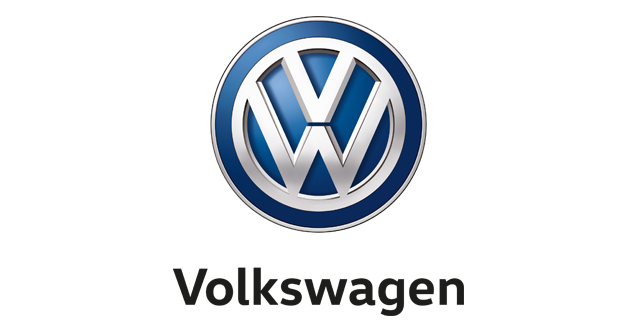
The Powertrain of Tomorrow 2017
25-01-2017 – 26-01-2017 – Frankfurt am Main, Germany
Cooperation partners


31-01-2018 – 01-02-2018 Frankfurt /Main, Germany
ENERGY SOURCES
Optimized fuels
ELECTRIC COMPONENTS
Batteries and motors
ELECTRIFIED OVERALL SYSTEM
From the hybrid to the fuel cell
Gerald Killmann
Toyota
Uwe Wagner
Schaeffler
Clean air versus climate change – meeting the challenge
Participants:
Dr. Norbert Alt, FEV
Dr. Christian Hey, Hessian Ministry of the Environment,
Climate Protection, Agriculture and Consumer Protection
Gerald Killmann, Toyota
Prof. Dr. Thomas Koch, KIT
Dr. Norbert Merdes, Daimler
Matthias Zink, Schaeffler
Author: Andreas Burkert
One finding from the conference "The Powertrain of Tomorrow 2018" is that the fuel cell is essential for electric mobility, and a new renewable fuel is proving a sensation.
The combination of internal combustion engine and electric motor will continue to dominate the automotive industry for a long time to come. Hopefully, one in two vehicles will be powered electrically in 2025. Even if the share of all-electrical drives is only fifteen percent in Schaeffler’s scenario, Dr. Uwe Wagner’s keynote speech, which he gave at the twelfth international MTZ conference “The Powertrain of Tomorrow 2018” in Frankfurt, clearly sets out the aim for the coming years. During his presentation, he outlines the required development steps that will shape the powertrain of the future. "The effects on the entire powertrain are enormous," explains Wagner, who heads Schaeffler’s R&D Automotive and Industry division. So is the car in its present form obsolescent?
However, neither Wagner nor any of the more than 180 attendees at the scientific conference assume that this will be the case. In view of the approximately 1.8 billion vehicles that will be on the road worldwide in 2035, the combustion engine will still remain the first choice for a long time to come. The almost 100 million electric vehicles that BP expects to see at that time are negligible in terms of making a meaningful contribution to the climate targets agreed at the UN conference in Paris. However, this is no reason for automotive developers to give up.
Toyota, for example, is pressing ahead with the fuel cell drive. According to Gerald Tillmann, Vice President Toyota Motor Europe, the Japanese-based company was able to reduce the costs for major parts of the fuel cell technology by one-fifth compared to the Mirai prototype from 2008. "We believe that fuel cells have the potential to shape the mobility of the future," says Tillmann. He is also optimistic because many "components that are available from the mass production of hybrid cars have already been optimised in terms of costs".
Dr. Wolfgang Warnecke, Shell Global Solutions, Germany, praises Toyota’s commitment. Anyone who talks about electric cars should not ignore fuel cells, warns Warnecke. He believes that the fuel hydrogen has a bright future. Not least because this can be produced by renewable electricity and usefully stored for a long time using metal hydride technology, for example. However, this requires even longer-term research activities. This offers battery-electric mobility an opportunity. With its small car called Meet, Mahle is also seizing this opportunity to provide urban mobility. 20 kW is sufficient to accelerate the vehicle to a top speed of 100 km/h.